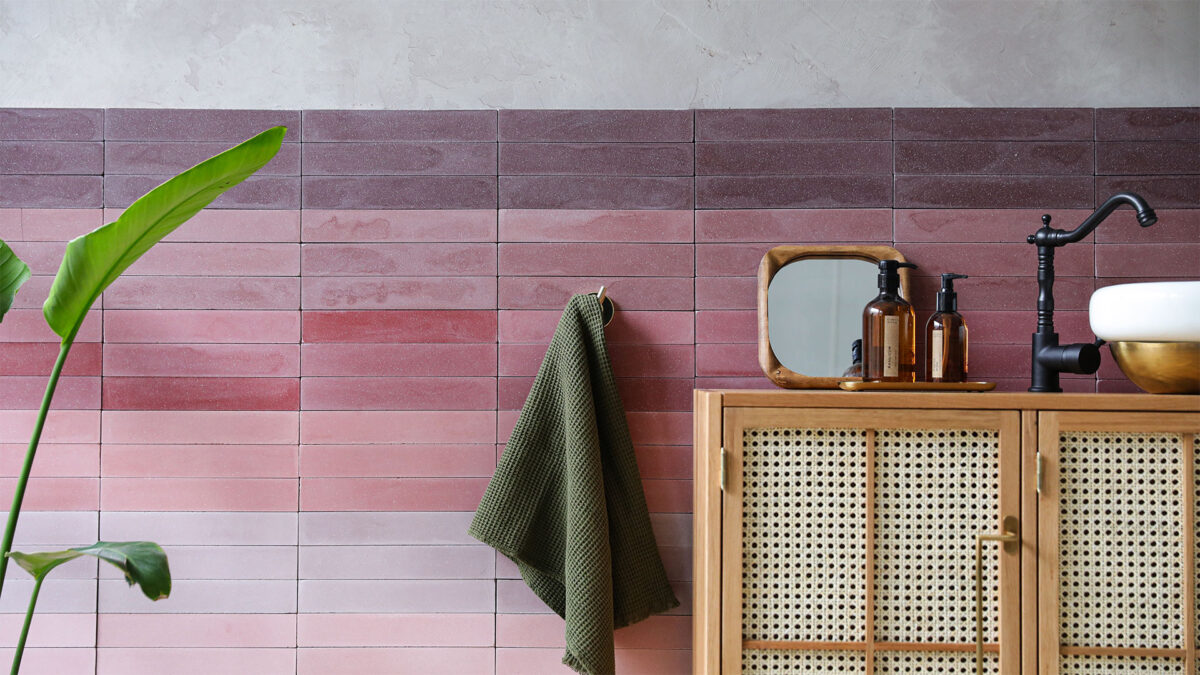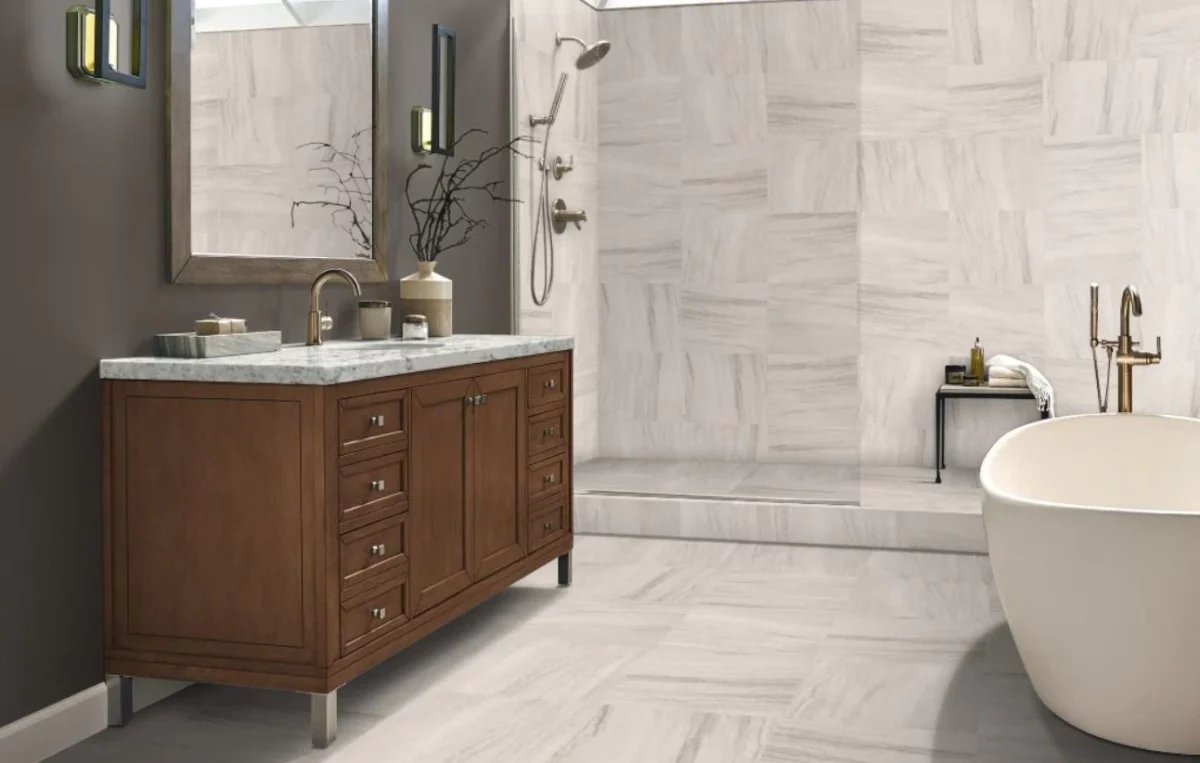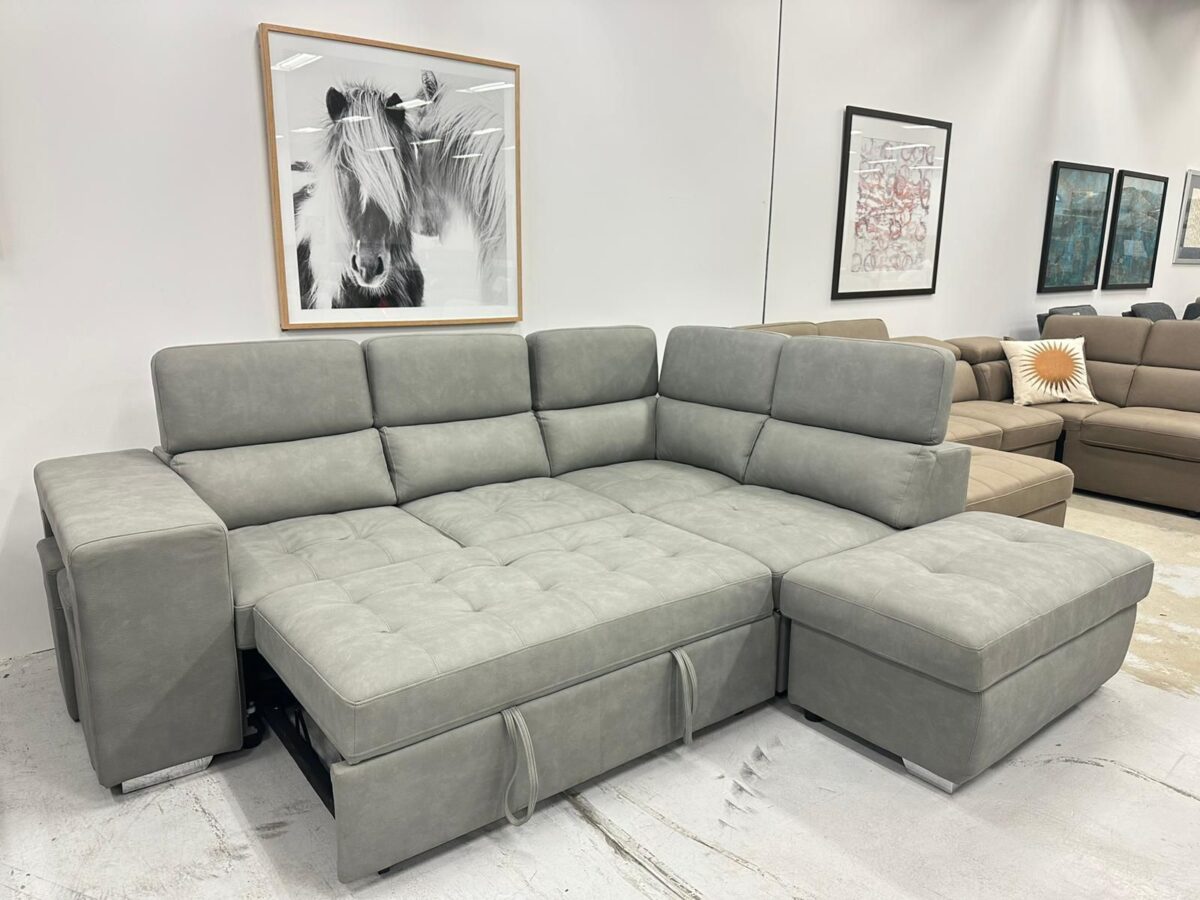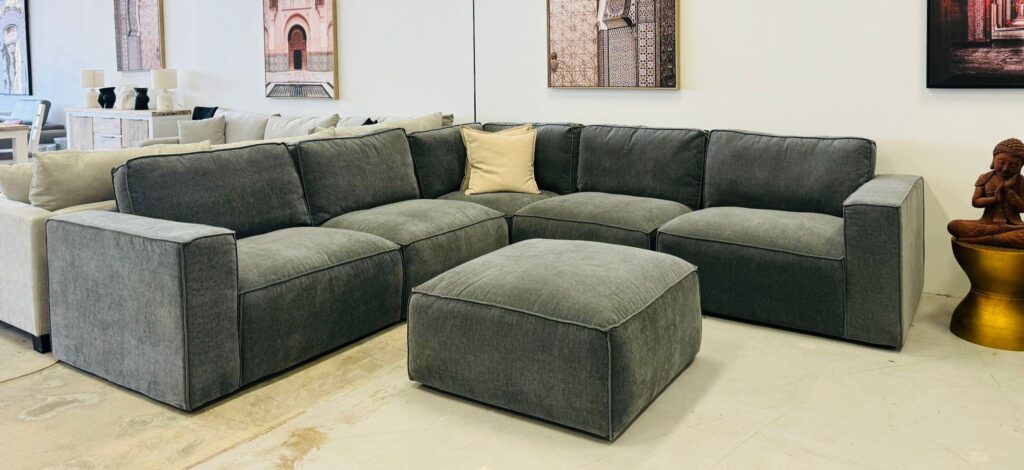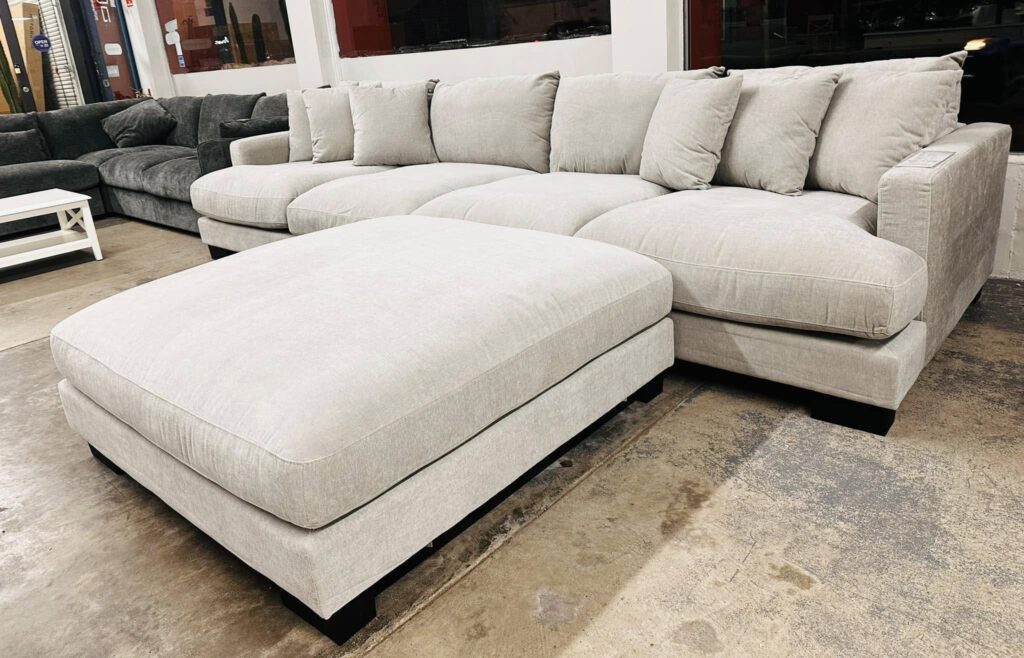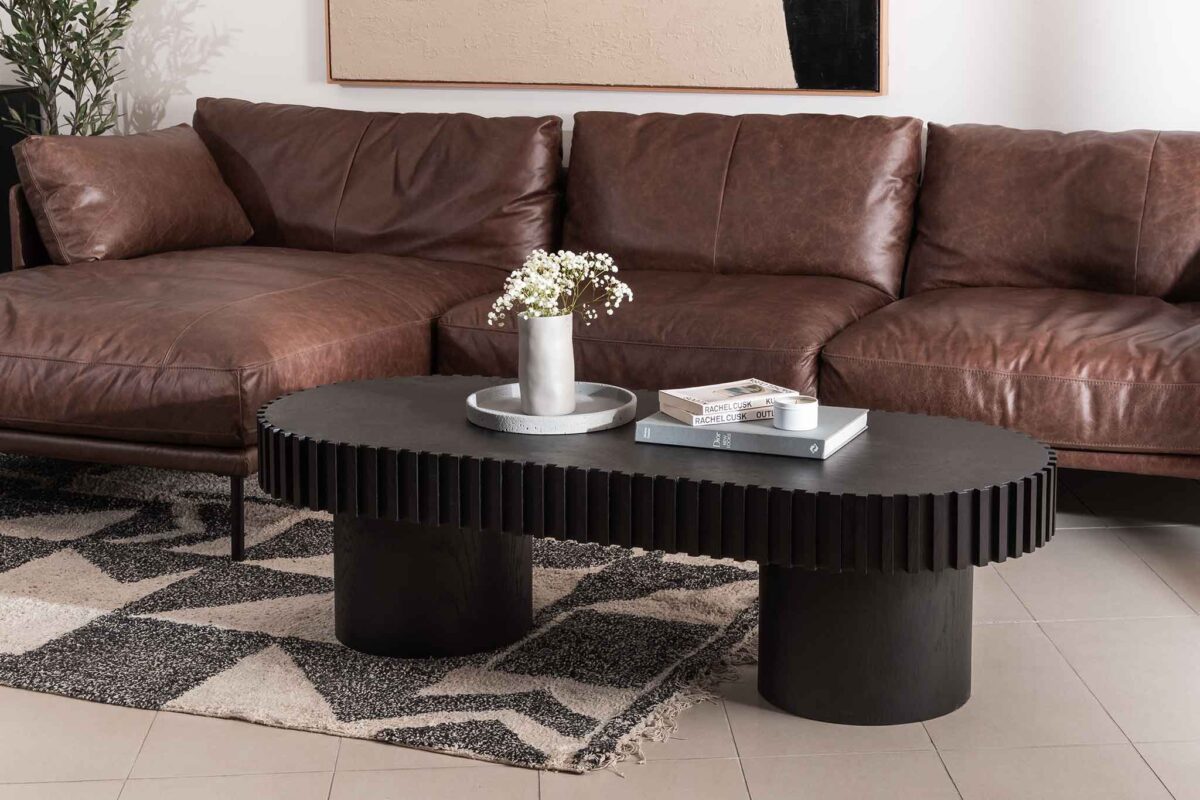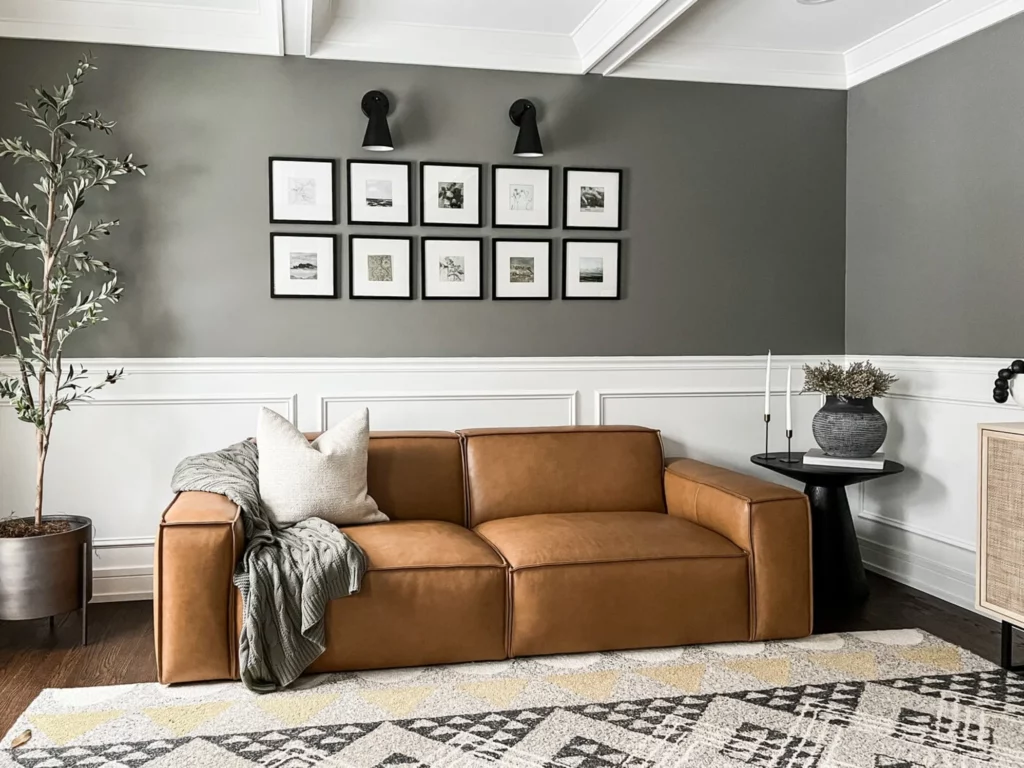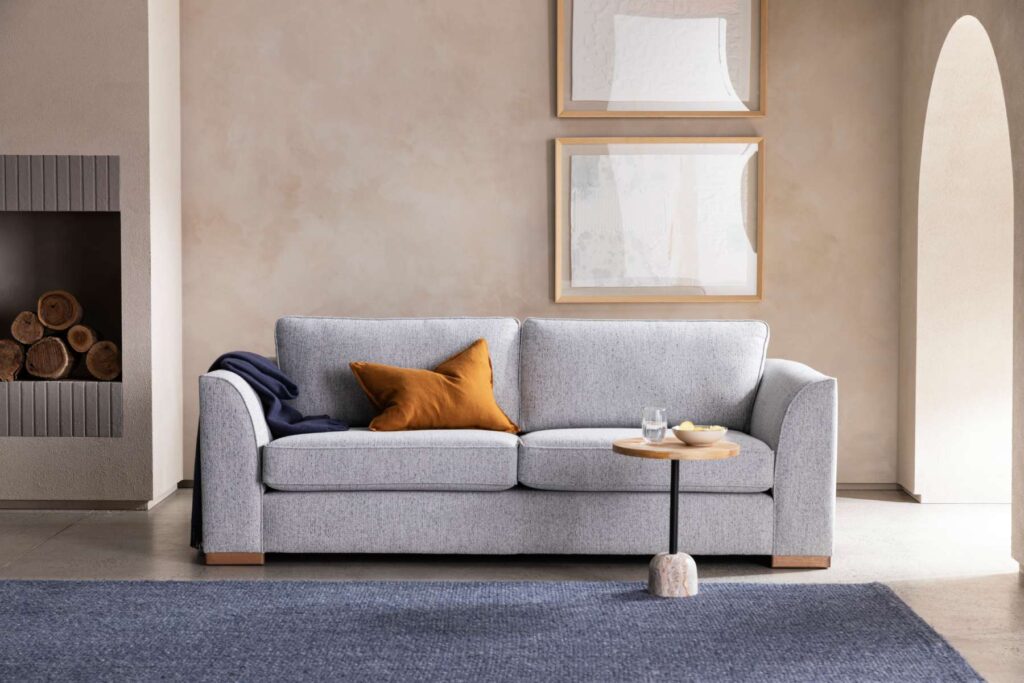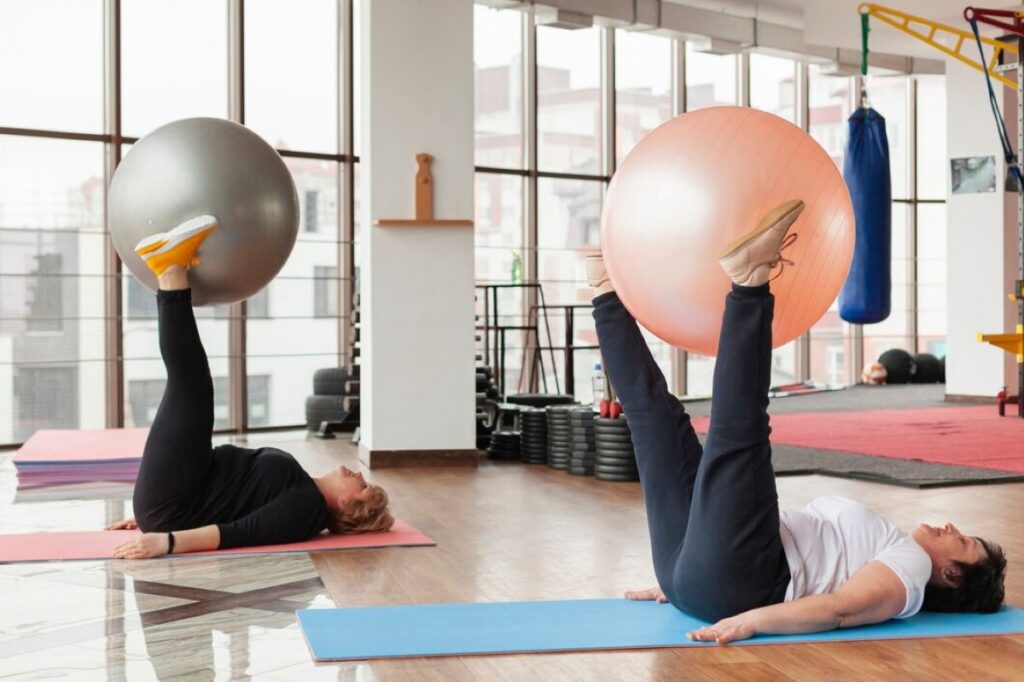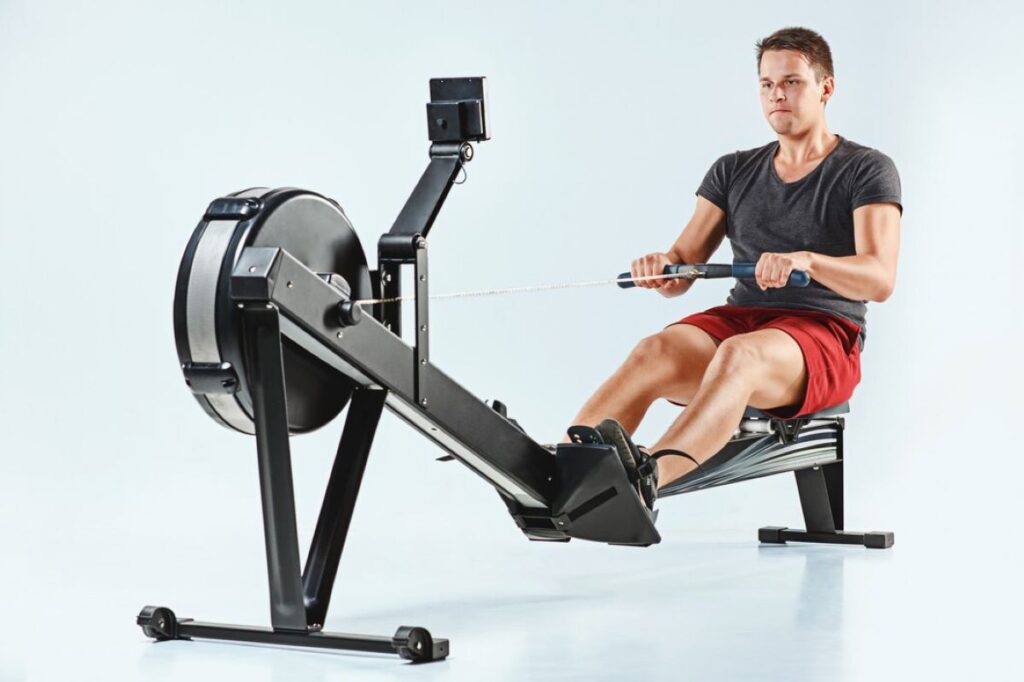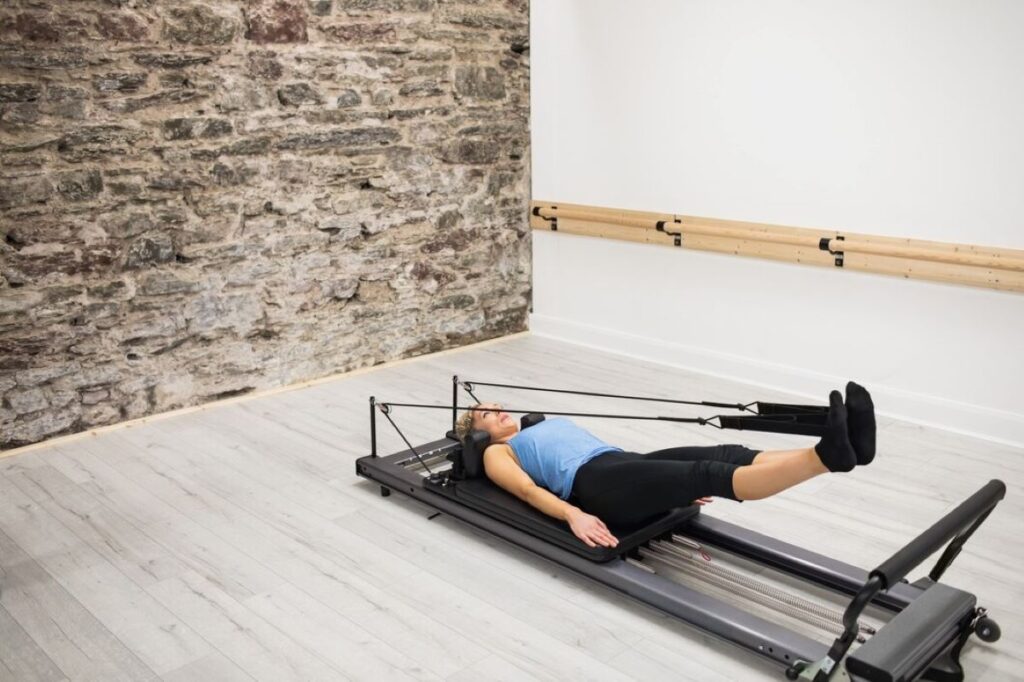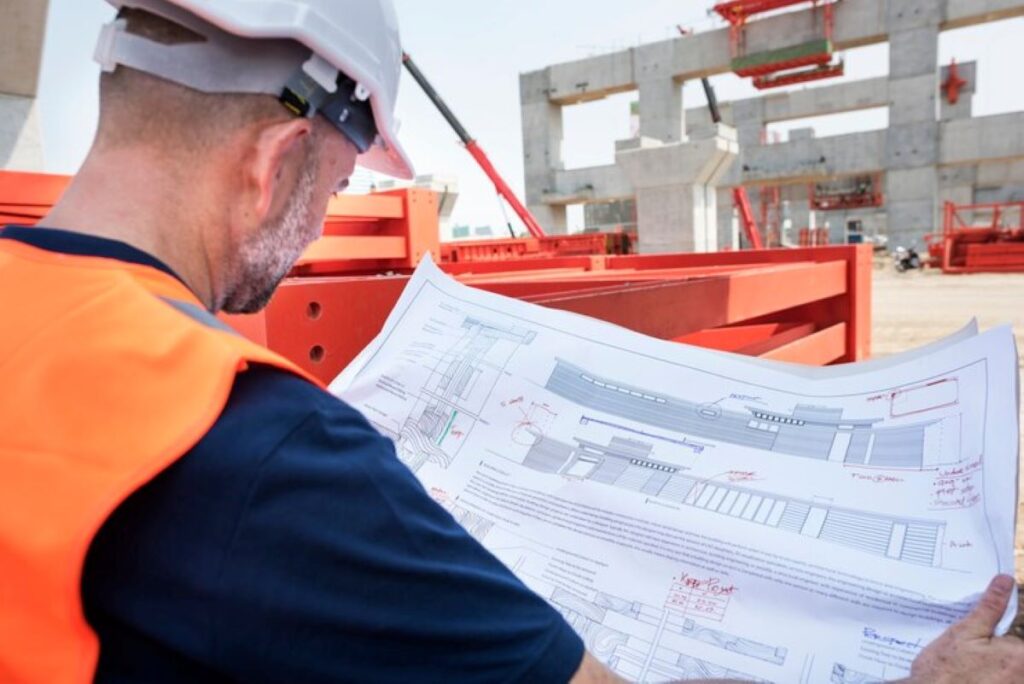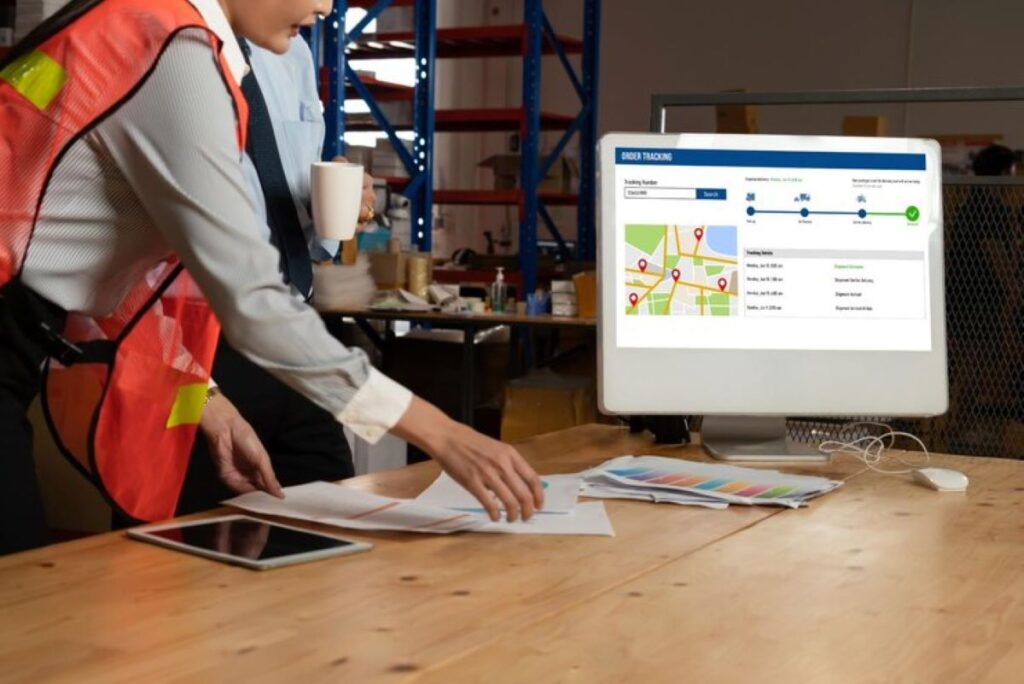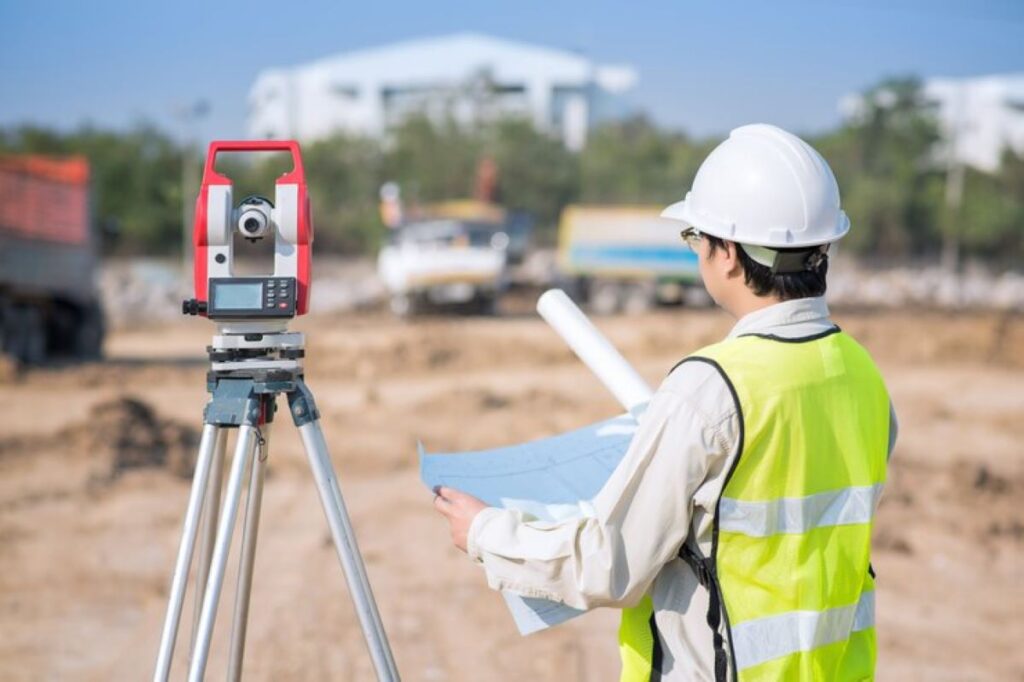Introduction
Subway tiles may seem like a simple design choice, but their power to transform a space is anything but ordinary. Known for their clean lines, adaptability, and classic appeal, subway tiles have become a staple in modern interior design. Whether used in kitchens, bathrooms, or even living areas, their versatility allows them to complement countless design styles—from traditional to contemporary.
History and Origins of Subway Tiles
The story of subway tiles began in 1904 when they were first installed in the New York City subway system. Designers George C. Heins and Christopher Grant La Farge chose the glossy white, rectangular tiles for their ability to reflect light, create a sense of cleanliness, and withstand heavy use. Their iconic 3×6-inch size quickly caught on in residential and commercial spaces, setting the stage for over a century of popularity.
Why Subway Tiles Are Timeless
What makes subway tiles timeless is their ability to adapt to changing design trends while retaining their original charm. Their minimalist form blends with virtually any aesthetic—industrial lofts, coastal retreats, farmhouse kitchens, and sleek modern apartments alike. They’re budget-friendly, widely available, and can be styled in endless ways, ensuring they remain a designer favorite generation after generation.
See more: Why Hiring a Buyers Agent in Sydney Could Be Your Smartest Property Move
Different Types of Subway Tiles
Materials
- Ceramic Subway Tiles – Affordable, durable, and available in endless colors and finishes.
- Glass Subway Tiles – Add a reflective quality, brightening up spaces and giving bathrooms or kitchens a sleek, modern edge.
- Marble Subway Tiles – A luxurious option that infuses elegance and natural variation into interiors.
- Porcelain Subway Tiles – Denser and more water-resistant than ceramic, making them ideal for high-moisture areas.
Finishes
- Glossy Finish – Classic and reflective, ideal for brightening darker rooms.
- Matte Finish – Offers a contemporary, understated look.
- Textured Tiles – Add dimension and tactile appeal, perfect for feature walls.
Sizes
While the standard 3×6-inch tile is iconic, modern variations include 2×4, 4×12, or even oversized rectangular slabs for a bolder statement. Playing with proportions allows homeowners to create unique patterns and visual interest.
Creative Ways to Use Subway Tiles
Subway tiles aren’t just for backsplashes anymore—they can be used in countless creative applications:

- Kitchen Backsplashes – Pair classic white subway tiles with dark grout for a striking, graphic look.
- Bathroom Walls – Use vertically stacked subway tiles to add height and modern flair.
- Fireplace Surrounds – Bring subtle texture and elegance to living spaces.
- Accent Walls – Combine colorful or patterned subway tiles for a bold statement in entryways or dining areas.
- Mixed Patterns – Experiment with herringbone, chevron, or diagonal layouts to add personality.
How to Choose the Right Subway Tiles for Your Space
When choosing subway tiles, consider the overall mood and function of your space:
- For Small Spaces – Light-colored glossy tiles can make the room feel larger and brighter.
- For Bold Statements – Dark or colored tiles paired with contrasting grout create drama.
- For a Luxurious Look – Marble or glass subway tiles elevate a space with sophistication.
- For Seamlessness – Match grout to tile color for a clean, continuous appearance.
Subway Tiles in Modern Interior Design
Today’s interior designers embrace subway tiles not only for their practicality but also for their ability to bridge styles. In minimalist spaces, they provide crisp lines and subtle texture. In eclectic interiors, they serve as a grounding element amid bold colors and patterns. Paired with wood, metals, or natural stone, subway tiles balance warmth and modernity, proving their place in nearly every design movement.
Installing Subway Tiles: DIY or Professional?
Installing subway tiles can be a DIY project if you have the right tools and patience. However, achieving clean grout lines and precise alignment requires skill. For larger areas, complex layouts, or premium materials like marble, hiring a professional ensures polished, lasting results. Professionals can also properly waterproof areas like showers, which is crucial for longevity.
Maintaining Subway Tiles
Subway tiles are as practical as they are beautiful. With minimal upkeep, they can last decades:
- Routine Cleaning – A mild soap and water solution keeps tiles spotless.
- Grout Care – Regular sealing prevents discoloration and mold buildup.
- Avoid Harsh Chemicals – Use gentle cleaners to protect finishes, especially on marble or glass.
- Quick Wipe-Downs – Regular maintenance prevents stains from settling.
Conclusion
From their humble beginnings in the New York City subway system to their current role as a design essential, subway tiles have proven to be both timeless and endlessly adaptable. Their versatility allows homeowners and designers to craft spaces that are classic, modern, or somewhere in between. Whether you’re renovating a bathroom, upgrading a kitchen backsplash, or creating a striking accent wall, subway tiles remain one of the most stylish, practical, and enduring choices in modern interiors.
FAQs
Absolutely. Subway tiles’ simple, rectangular shape allows them to blend seamlessly with virtually any design style. In traditional interiors, they provide a clean backdrop, while in modern spaces, they can be styled with bold grout or unique layouts to create a contemporary edge.
Not at all. While kitchens and bathrooms are popular choices, subway tiles can enhance living rooms, entryways, or even fireplaces. Their durability and wide range of finishes make them suitable for almost any space in the home.
Yes. Light-colored glossy subway tiles can reflect natural and artificial light, making small spaces feel brighter and more open. Arranging tiles vertically can also add height to walls, further enhancing the sense of spaciousness.
It depends on the look you want. Matching grout creates a seamless and subtle effect, while contrasting grout highlights the tile pattern for a more dramatic look. For example, white tiles with black grout create a bold, graphic aesthetic.

